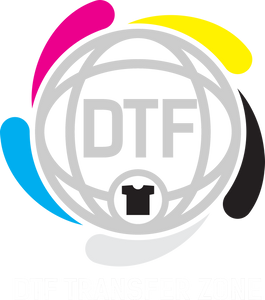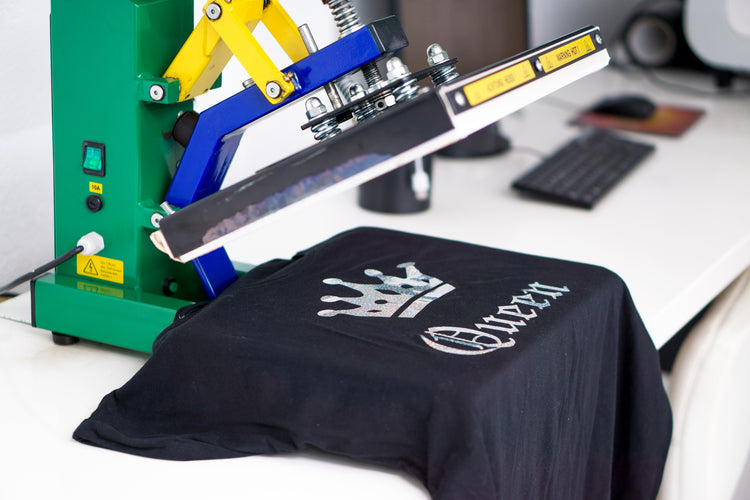The decorated apparel market has witnessed significant growth worldwide, with a size of USD 23.06 billion in 2021. The market is projected to grow at a CAGR of 12.8% from 2022 to 2030.
This growth can be attributed to the rising demand for apparel decorated with various techniques such as embroidery, screen printing, sublimation, and heat transfer vinyl (HTV). The increasing popularity of these decoration methods is driving the expansion of the market.
Yet, printing designs on fabric can be challenging, especially if you don't have the right tools. Two of the most popular methods for transferring designs onto fabrics are direct-to-film (DTF) printing and HTV solutions.
Each method has its own strengths and weaknesses, but which is better? In this article, we'll compare and contrast DTF printing and HTV solutions to help you decide which one to choose.
Read on to get the final verdict!
DTF Printing: What Is It?
DTF printing is a relatively new technology that has recently gained popularity. This method involves printing designs directly onto a unique transfer film, which is then transferred onto the fabric using a heat press. Unlike traditional transfer films, DTF prints are self-adhesive, meaning they don't require additional adhesive to stick to the material.
DTF printing has several advantages over other printing methods. For starters, it allows for a more comprehensive range of colors and intricate designs than HTV. It's also easier to work with than HTV since it doesn't require cutting or weeding. Plus, it can be used on various fabrics, including cotton, polyester, and blends.
However, there are some downsides to DTF printing as well. For example, the process can be more time-consuming and requires more equipment than HTV.
Additionally, DTF prints can be more expensive than HTV, especially for small runs. Yet, there are simple ways to make things easier with DTF, like using an online designer.
Heat Transfer Vinyl: What Is It?
HTV is a tried-and-true method that has been around for decades. It involves cutting designs from a vinyl sheet and transferring them onto the fabric using a heat press. The vinyl is typically available in a limited range of colors, making it challenging to create intricate designs.
Despite its limitations, HTV has some advantages over DTF printing. It's much more affordable, especially for small runs.
It's also faster and easier to use than DTF printing since it requires no special equipment or lengthy setup times. However, if the vinyl is not applied correctly or if the material is stretched or folded, the vinyl can crack or peel off, reducing the longevity of the design.
The Final Verdict: DTF vs. HTV
So, which method is better: DTF printing or HTV? Well, it depends on what you're looking for.
If you're looking for a method that allows for a wide range of colors and intricate designs, then DTF printing is probably the way to go. On the other hand, if you're looking for an affordable and easy-to-use method for small runs, heat transfer vinyl is something to consider.
For those who want the superior-quality DTF option, we at DTF Transfer Zone have you covered! Here you can check out the range of first-rate DTF supplies we offer.

